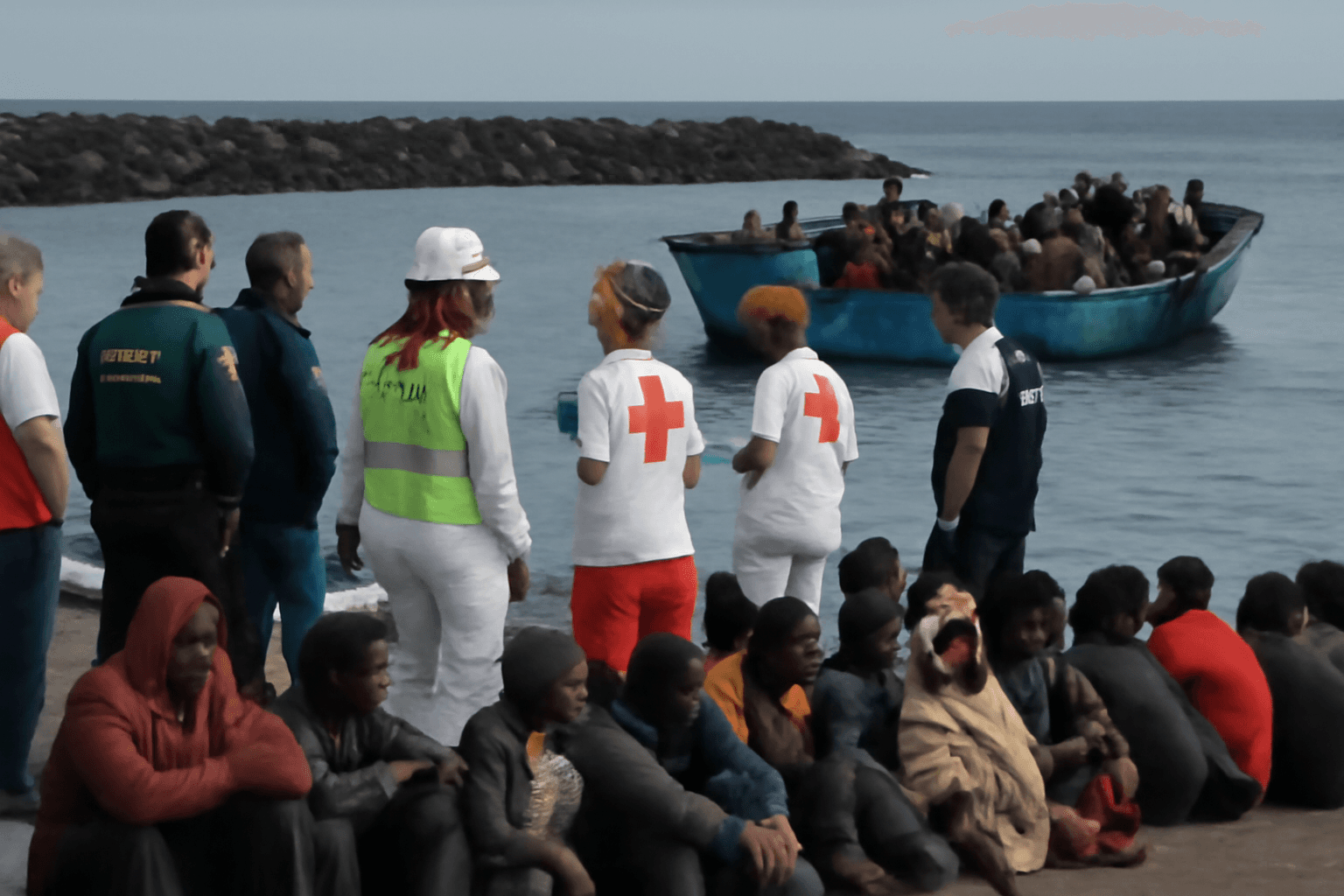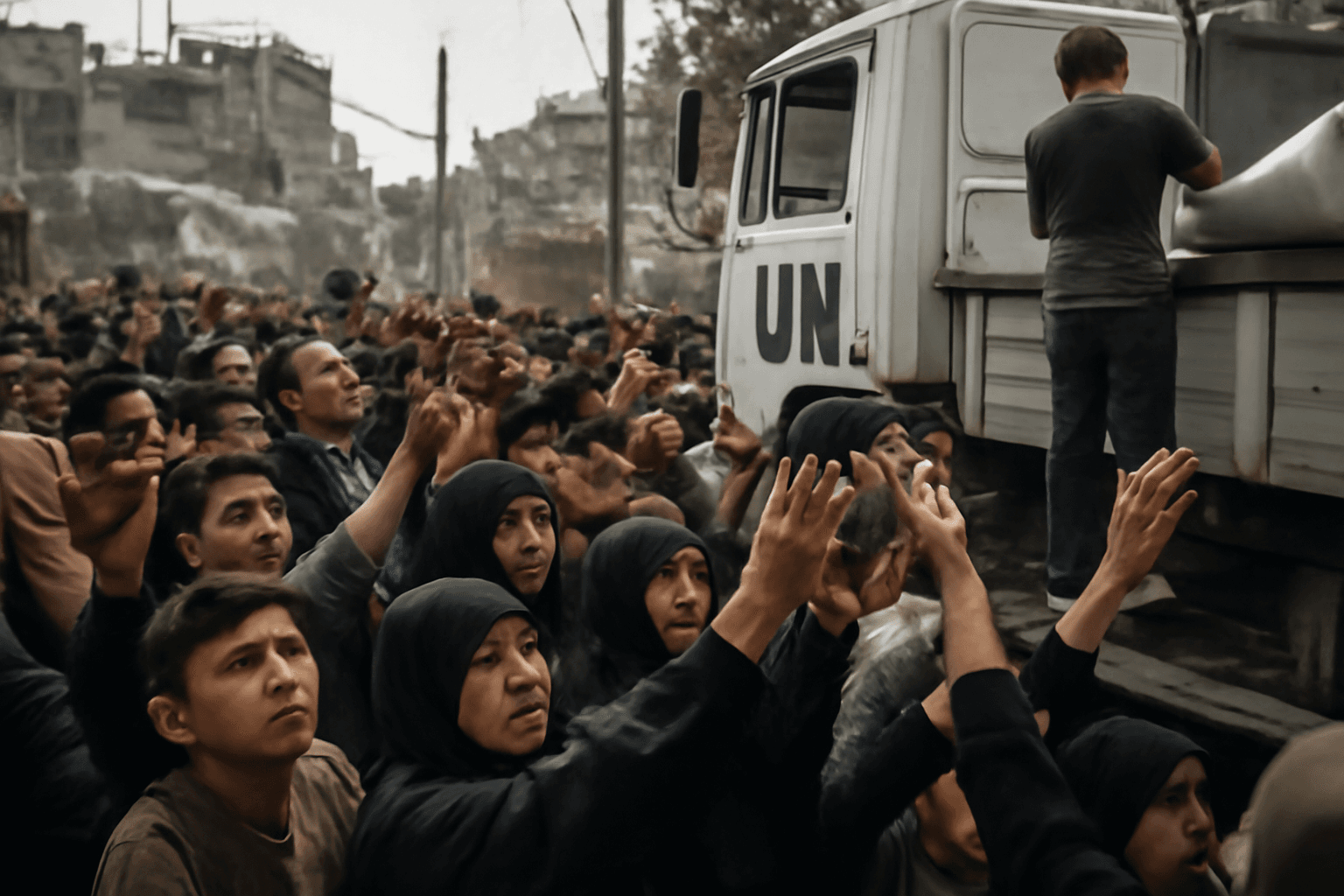UNRWA Sounds Alarm Over Starvation Crisis in Gaza
The humanitarian situation in Gaza has reached a catastrophic level, with the United Nations Relief and Works Agency (UNRWA) reporting that over 100 individuals, predominantly children, have died from starvation. Philippe Lazzarini, UNRWA’s chief, painted a grim picture on social media, describing Gaza’s residents as “walking corpses” — caught in a dire crisis where malnutrition is rapidly rising.
“People in Gaza are neither dead nor alive, they are walking corpses,” Lazzarini wrote, underscoring the severity of the famine-like conditions gripping the region. According to UNRWA’s latest data, one in five children in Gaza City suffers from malnutrition, a figure escalating daily. The children affected are typically emaciated, frail, and at imminent risk of death without urgent medical intervention.
Humanitarian Resources Stalled at Borders
Despite the availability of critical supplies — equivalent to 6,000 fully loaded trucks of food and medical aid lying ready in Jordan and Egypt — UNRWA has expressed frustration over blockades preventing their timely delivery. This delay exacerbates an already fragile situation where families face acute shortages of food and basic healthcare.
India Calls for Immediate Ceasefire and Unhindered Humanitarian Access
In response to the escalating emergency, India has stepped forward at the United Nations, urging all parties to enact an immediate ceasefire and allow unrestricted humanitarian aid into Gaza. Ambassador Parvathaneni Harish emphasized that mere intermittent pauses in fighting are insufficient to address the profound challenges confronting civilians.
“The people of Gaza wrestle daily with severe shortages of food and fuel, shattered medical infrastructure, and a collapsing education system,” Harish stated. Highlighting the human cost, he cited WHO estimates indicating that 95% of Gaza’s hospitals are damaged or destroyed, alongside reports from the UN Human Rights Office that over 650,000 children have been deprived of schooling for more than 20 months.
Contextualizing the Crisis: Infrastructure and Access Blockades
The root of the humanitarian disaster traces back to Israel’s halt on all goods entering Gaza since March 2025. Although limited aid deliveries resumed in May via the US-supported Gaza Humanitarian Foundation (GHF), the volumes remain insufficient to meet overwhelming needs. The blockade has not only choked the flow of essentials but also devastated medical and educational infrastructures that millions depend on.
The Human Toll Beyond Statistics
This unfolding tragedy reminds us that beyond the stark numbers are countless human lives hanging in the balance. Children frail from hunger and families desperate for medical care paint a haunting portrait of resilience amid suffering. The international community faces pressing questions: How long can Gaza’s civilians endure this siege? What more can be done to keep aid unobstructed?
Underreported Perspectives and Critical Questions
- Local Voices: How are Gazan communities adapting survival strategies amid dwindling resources?
- Political Deadlock: What diplomatic avenues remain to foster a sustainable ceasefire enabling continuous aid flow?
- Long-Term Recovery: Beyond immediate relief, how will reconstruction of schools and hospitals be prioritized post-conflict?
Editor's Note
The humanitarian emergency unfolding in Gaza is a sobering reminder of the complex interplay between conflict, aid access, and civilian suffering. While international appeals highlight the urgency, substantive relief hinges on political will and cooperation. As aid agencies stand ready to deliver lifesaving supplies, the world’s eyes must remain fixed on preventing further loss of life and ensuring a future where children in Gaza can thrive rather than merely survive.
Continued global attention and coordinated efforts are vital to alleviate this growing crisis. The stories behind the statistics call us to action far beyond policy debates — they reflect the urgent need for humanity to prevail.











